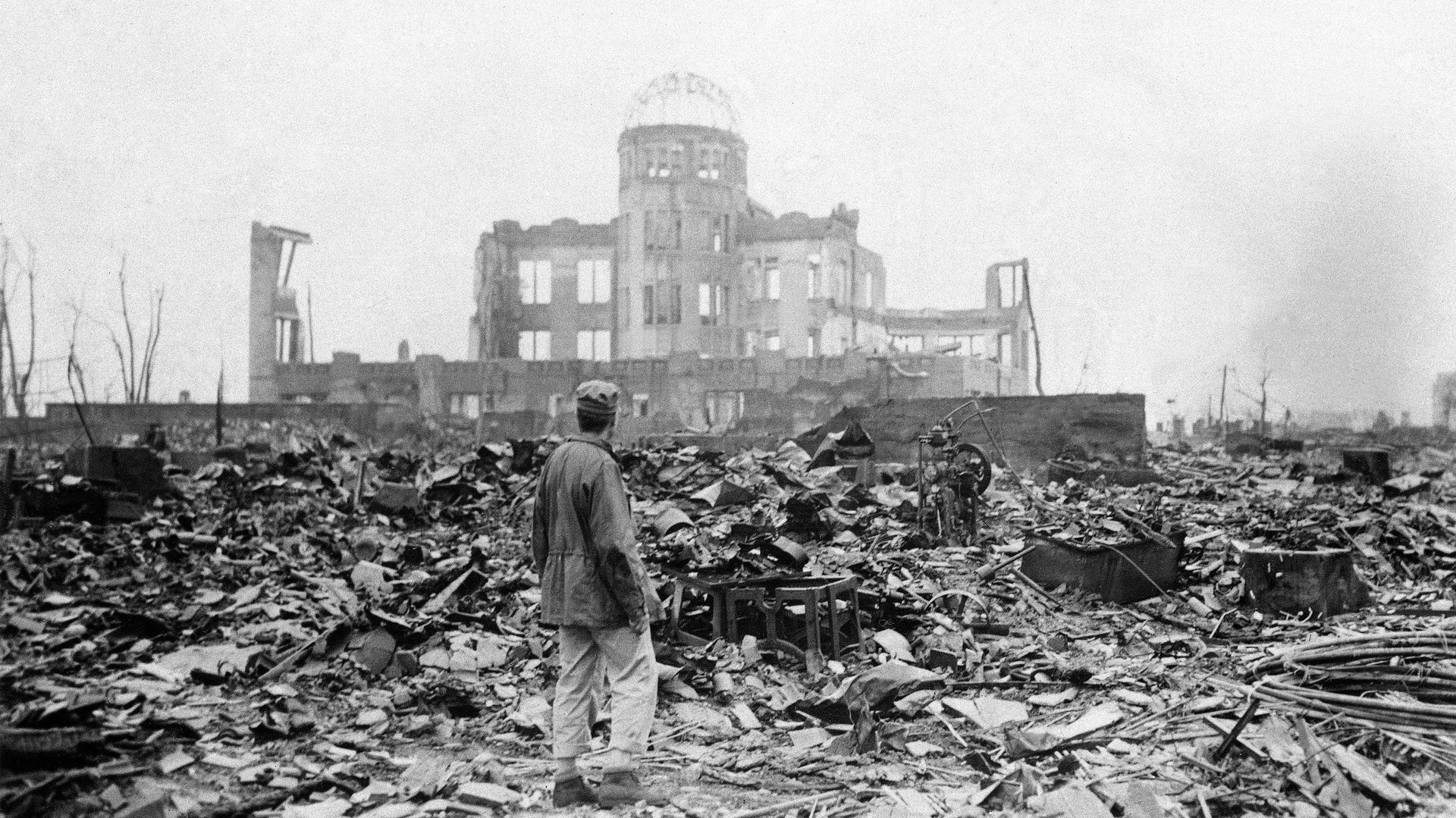Here’s how Donald Trump could start a nuclear war
The more you know about nuclear weapons, the more worried you might be.


The more you know about nuclear weapons, the more worried you might be.
Jeffrey Lewis is an arms control expert and analyst of the high-stakes diplomacy conducted around North Korea’s nuclear program. He is also so worried about the future that he wrote a book explaining how easily Donald Trump could stumble into nuclear war.
The 2020 Commission Report on the North Korean Nuclear Attacks Against the United States, published by HMH on Aug. 7, is a work of speculative fiction that draws on deep factual knowledge. It is framed as the report of future government commission investigating a nuclear conflict that has left 1.4 million Americans dead, with Lewis acting as its rapporteur.
While Trump’s well-documented impulsiveness and shoddy policymaking process weigh heavily, Lewis does not depict the president’s character recklessly launching nuclear missiles at rivals. Instead, the reality depicted in The 2020 Commission demonstrates how the assumptions of all parties—the South Korean government, Kim Jong Un’s totalitarian state, and the US government—leave perilously little room for error.
Far more readable than your average government report, the story is centered on an all-too-believable scenario and I will avoid spoilers. By and large, the public—and perhaps many lawmakers—believe that North Korea cannot yet attack the US with a nuclear weapon, that US air defenses could stop it, and that clear, timely communication between all parties is possible. But three key factors at the heart of the story are also likely to be true in real life:
- North Korea likely has nuclear weapons capable of striking not just South Korea and Japan, but also the US, contrary to claims by government officials that the country does not yet have a “reliable” way to launch its weapons.
- The US missile defense system is unlikely to stop any nuclear missiles launched at the US, and the US military has little ability to prevent the launch of missiles from North Korea ahead of time.
- The lack of clarity around each country’s motivation, particularly the psychology of Kim Jong Un, leaves a grey area ripe for nuclear actors to mis-interpret each other’s signals of deterrence.
Nor, perhaps, do many Americans understand the nature of the nuclear threat against them, which Lewis depicts by drawing on graphic eye-witness testimony from the Hiroshima attacks.
Earlier in 2018, Trump said North Korea was no longer a nuclear threat after he held a summit with Kim. The summit produced no lasting agreement. Before and since, Lewis predicted that Trump would use any positive signals to declare that he had solved the problem of North Korea’s nuclear threat, and that North Korea would not give up its nuclear weapons. When these two realities collide, Lewis warned, Trump will have to lose face, or blame the North Koreans—a recipe for increasing tension.
Last week, Trump cancelled Secretary of State Mike Pompeo’s latest trip to North Korea to continue nuclear negotiations. This real-life drama is essentially chapter three.
The book does not end by embracing of Lewis’ own preference for global nuclear disarmament. Instead, it is realistic enough to predict that partisan divides remain intact despite the horror of nuclear war, with Trump acquitted on a party-line impeachment vote, and Mike Pence as president.
So far, the strength of the US economy and lack of real crisis has shielded the public from Trump’s inexperience and unseriousness. Lewis’s book is a reminder that at any moment, he may be plucked from a golf course and asked to choose life or death for millions of people.